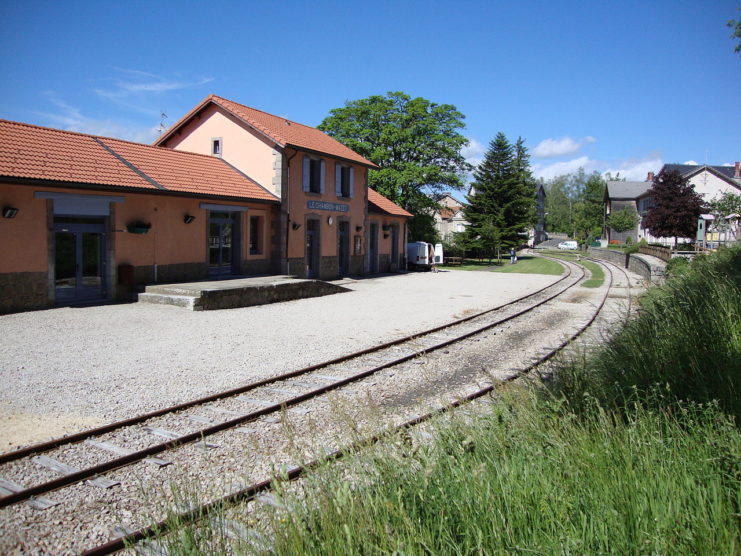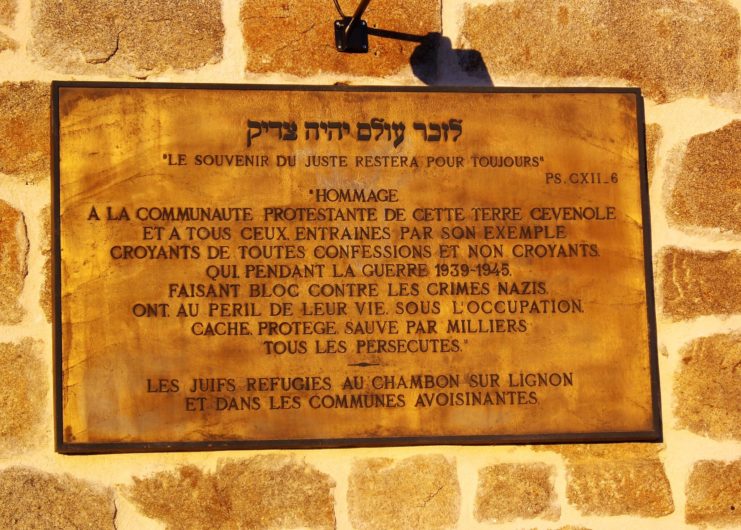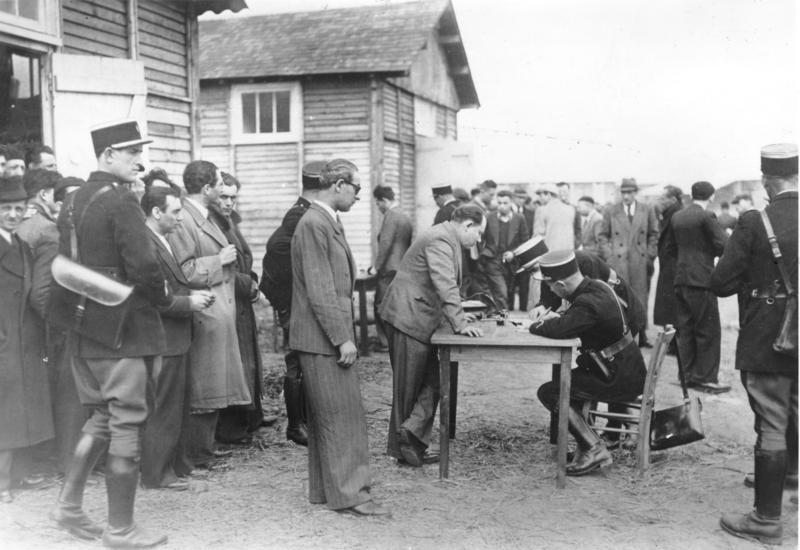A Jewish man whose family survived the Holocaust thanks to the kindness of a village in southern France has left an estimated 2 million euros to the village in his will. The village is the sole benficiary.
Eric Schwam, his parents and his maternal grandmother lived in Vienna, Austria. Not much is known about Schwam who passed away on December 25th at 90 years of age. It is known that the four family members were interned in the Rivesaltes camp established by the Vichy government in occupied France. Thousands of Jews were transported from Rivesaltes to Auschwitz.
At its peak, Rivesaltes held 8,000 prisoners deemed to be “undesirable refugees” by the Vichy officials. During a three month span in 1942, nine convoys transported 2,313 Jews to Auschwitz.

The camp closed in 1942. Many of the released prisoners were taken in by the villagers of Le Chambon-sur-Lignon. The village has a long history of taking in refugees. It is one of only two towns recognized by Israel’s Yad Vashem Holocaust museum as “Righteous Among the Nations” for their role in protecting Jews during the Holocaust.
Friedel Reiter was a Swiss social worker with the Red Cross of Switzerland who recorded in her diary that she had helped the family relocate to Le Chambon in 1943. She noted that Schwam was 12 years old at the time.
The family was kept hidden in the village at the end of the war. At that time, his parents returned to Vienna but Schwam remained in France, studying pharmacy at the University of Leon. It was there that he met his wife.
Schwam graduated with his degree in 1957.
It is known that Schwam and his wife did not have any children and that his wife preceded him in death. Other than that, little is known of the man who has been described as “discreet” and wanting to avoid publicity over his generosity. The village is seeking more information about their new benefactor. At this point, it is not even clear if Schwam visited the town in the years since the war or what he did in town during it.
While the mayor of the village acknowledged the gift from Schwam, he refused to tell the amount of the gift. The previous mayor of the village said that Schwam had contacted his administration earlier about the possibility of such a gift and the amount at that time was estimated to be 2 million euros.
The will stipulates that the money be used for education and youth services, especially to help schools in the village and establish scholarships. The money will also be used for foundations that support health care workers, children with leukemia, and animal rights.

In the will, dated November 9, 2020, Schwam says that the money is to show his gratitude to the villagers for “the welcome many extended me in the field of education.”
Another Article From Us: Researchers Recover More Artifacts from the Ship that Carried the Elgin Marbles
Throughout history, Le Chambon has opened its door to refugees from priests hiding from the French Revolution to Spanish republicans hiding from civil war in the 1930s and refugees from the Middle East and Africa today.
